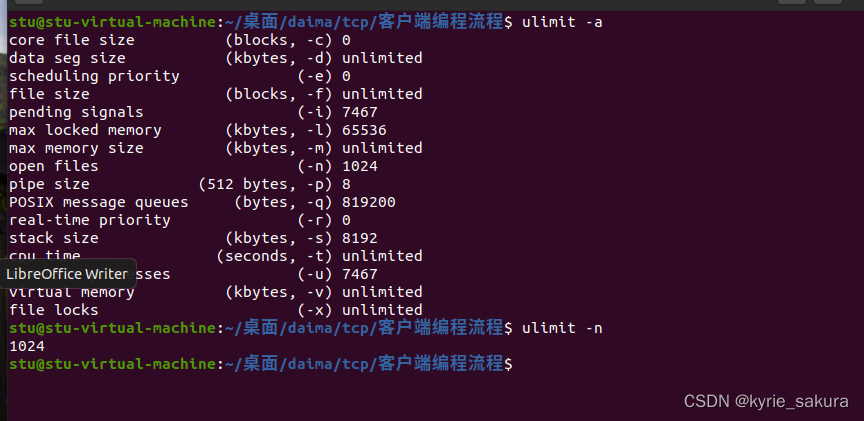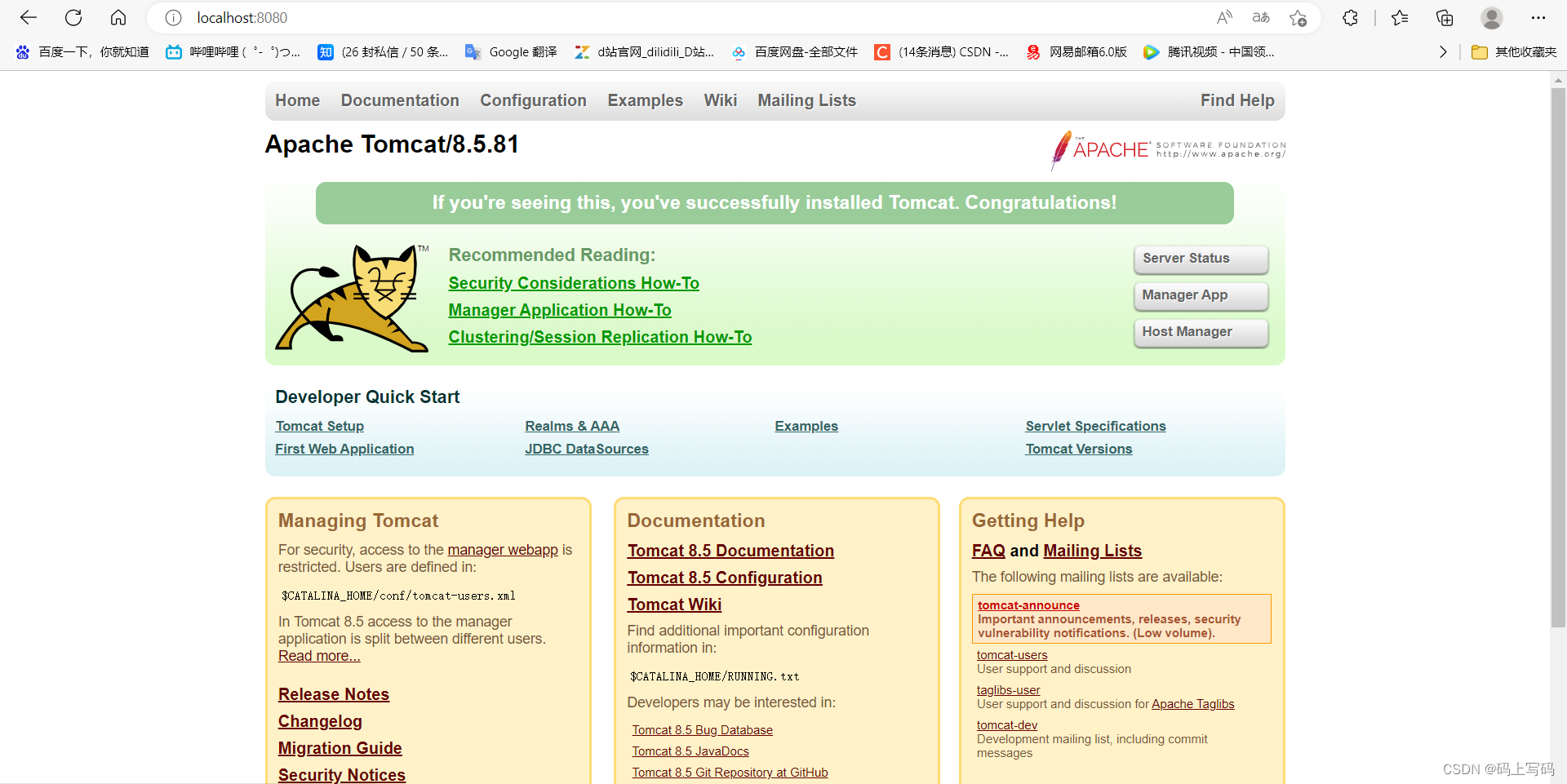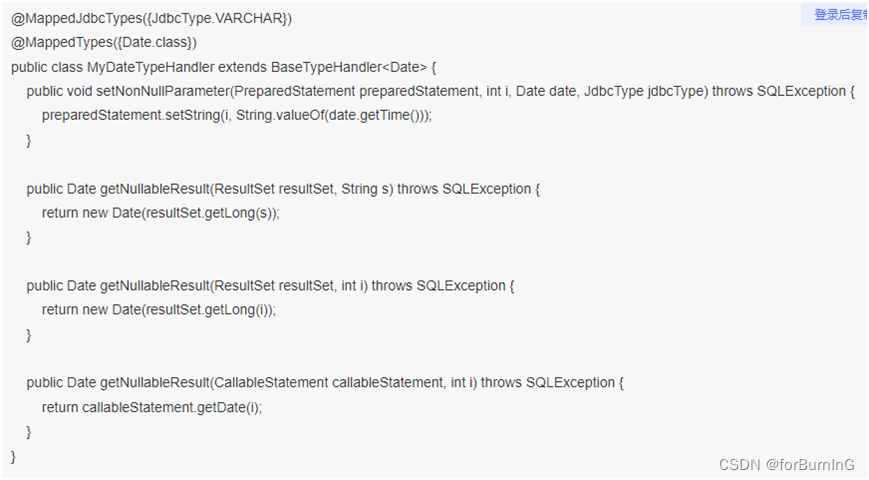1,下载Nginx
2,安装Nginx
3,Nginx指令及脚本使用
4,配置Nginx
1,下载Nginx
①去官网下载对应的Nginx版本
nginx: download
②直接在ubuntu使用指令下载
wget http://nginx.org/download/nginx-1.23.3.tar.gz
2,编译和软件安装
解压
tar zxvf nginx-1.23.3.tar.gz
编译安装
cd nginx-1.23.3
配置Nginx安装位置以及ssl证书
./configure --prefix=/usr/nginx --with-http_ssl_module
编译与安装
make
make install
3,Nginx的指令,开启,查询和关闭等
①验证:(cd 安装位置)
cd /usr/nginx/sbin
./nginx -t

如图所示说明配置成功
打开:
sudo ./nginx
![]()
②查看Nginx服务的当前情况:
ps -ef | grep nginx

③关闭Nginx服务:
根据查找到的pid进行关闭;即
普通关闭指令:
kill -15 进程号
强制关闭指令:
kill -9 进程号
根据上图查找到的pid为6211,使用普通关闭方法
kill -15 6211
④重新加载配置文件
cd /usr/nginx/sbin
./nginx -s reload
⑤重启Nginx服务
方法一:
cd /usr/nginx/sbin
./nginx -s reopen
方法二:
kill -1 进程号
⑥Nginx版本查看
cd /usr/nginx/sbin
./nginx -v
4,编写Nginx的系统脚本
在ubuntu里面,在/etc/init.d文件夹里面有许多系统服务的启动和停止脚本。Nginx主要参照它们的脚本搞就好了。
cd /etc/init.d
touch nginx
将下边的代码全部写入nginx里面
#!/bin/sh
### BEGIN INIT INFO
# Provides: nginx
# Required-Start:
# Required-Stop:
# Default-Start: 2 3 4 5
# Default-Stop: 0 1 6
# Short-Description: nginx
# Description: nginx server
### END INIT INFO
PROGRAM=/usr/nginx/sbin/nginx
PID=/usr/nginx/logs/nginx.pid
case "$1" in
start)
echo "Starting Nginx server"
$PROGRAM && echo "SUCCESS" #开启Nginx
;;
stop)
PIDTXT=`cat $PID`
echo "Stopping Nginx server"
if [ ! -z "$PIDTXT" ]; then
kill -15 $PIDTXT
fi
echo "SUCCESS"
;;
reload)
echo "Reload nginx server"
$PROGRAM -s reload
echo "SUCCESS"
;;
status)
if [! -f "$PID"];then
echo "Nginx is not running..."
else
echo "Nginx is running..."
fi
;;
*)
echo "Usage: service nginx {start|stop|reload|status}"
exit 1
;;
esac
exit 0
调整nginx权限:
chmod +x nginx
!!!记得不要直接从外边copy进去,不然会出现用户名不对而导致的错误。
![]()
使用脚本后
开启:
service nginx start
关闭:
service nginx stop
重新加载:
service nginx reload
到这里,nginx安装部署基本完成。
4,配置Nginx
#user nobody;
worker_processes 1;
#error_log logs/error.log;
#error_log logs/error.log notice;
#error_log logs/error.log info;
#pid logs/nginx.pid;
events {
worker_connections 1024;
}
http {
include mime.types;
default_type application/octet-stream;
#log_format main '$remote_addr - $remote_user [$time_local] "$request" '
# '$status $body_bytes_sent "$http_referer" '
# '"$http_user_agent" "$http_x_forwarded_for"';
#access_log logs/access.log main;
sendfile on;
#tcp_nopush on;
#keepalive_timeout 0;
keepalive_timeout 65;
#gzip on;
server {
listen 80;
# server_name localhost;
server_name _;
charset utf-8; # 中文名的文件不乱码
#charset koi8-r;
#access_log logs/host.access.log main;
location / {
root /home/xxxx/Desktop/xxxx/file; # 文件所放的路径
index index.html index.htm;
autoindex on; # 显示目录
autoindex_exact_size on; # 显示文件大小
autoindex_localtime on; # 显示文件时间
}
#error_page 404 /404.html;
# redirect server error pages to the static page /50x.html
#
error_page 500 502 503 504 /50x.html;
location = /50x.html {
root html;
}
# proxy the PHP scripts to Apache listening on 127.0.0.1:80
#
#location ~ \.php$ {
# proxy_pass http://127.0.0.1;
#}
# pass the PHP scripts to FastCGI server listening on 127.0.0.1:9000
#
#location ~ \.php$ {
# root html;
# fastcgi_pass 127.0.0.1:9000;
# fastcgi_index index.php;
# fastcgi_param SCRIPT_FILENAME /scripts$fastcgi_script_name;
# include fastcgi_params;
#}
# deny access to .htaccess files, if Apache's document root
# concurs with nginx's one
#
#location ~ /\.ht {
# deny all;
#}
}
# another virtual host using mix of IP-, name-, and port-based configuration
#
#server {
# listen 8000;
# listen somename:8080;
# server_name somename alias another.alias;
# location / {
# root html;
# index index.html index.htm;
# }
#}
# HTTPS server
#
#server {
# listen 443 ssl;
# server_name localhost;
# ssl_certificate cert.pem;
# ssl_certificate_key cert.key;
# ssl_session_cache shared:SSL:1m;
# ssl_session_timeout 5m;
# ssl_ciphers HIGH:!aNULL:!MD5;
# ssl_prefer_server_ciphers on;
# location / {
# root html;
# index index.html index.htm;
# }
#}
}主要修改root 文件所放的路径,还有文本显示属性之类的
配置完之后输入ubuntu的ip地址得到结果如下:




















